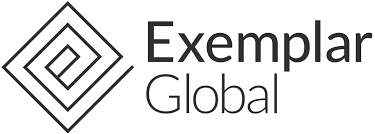This e-booklet has OHS management tips I’ve handpicked from blogs and articles I have written.
Why read this e-booklet?
I’ve carefully selected these blogs and briefs because:
- The individual blogs and briefs can be read in less than 5 minutes
- The actionable blogs & briefs can solve OHS management issues your business may be having in a day or at least in the same week. You don’t have to wait.
- I’ve proven the actionable blogs and briefs work with my existing clients and unfortunately many of them my clients and past employers have learned the hard way.
Who is this e-booklet for?
This e-booklet is for businesses whose employees are at an increased risk of injury due to the nature of the work tasks they must undertake as part of their employment.
Our clients currently work in commercial and civil construction, manufacturing, waste management, rail, retail, facilities management and heavy engineering.
Solving OHS issues can be a mind boggling labyrinth of out of date and non-compliant information. This e-booklet contains a few briefs that may help you out!
Download here: Blogs & Briefs e-booklet 2020
Feel free to share and I trust you will benefit. Enjoy!




